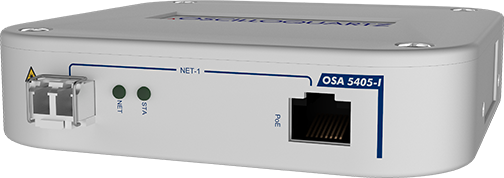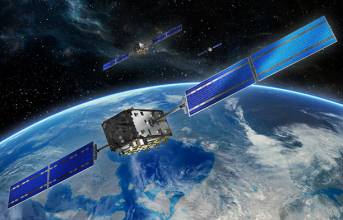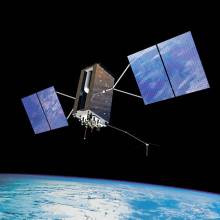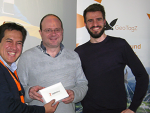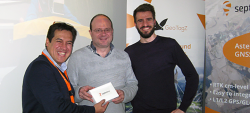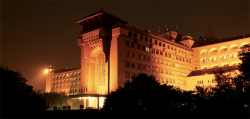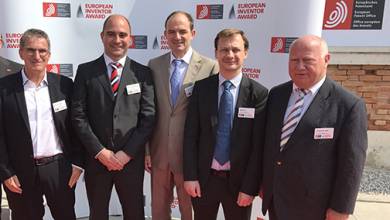Sprint Certifies Telit Module for Deployment on its LTE Cat 1 Network
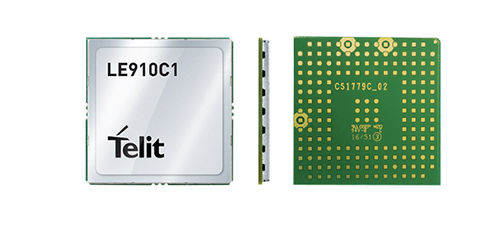 The LE910C1-NS LTE Cat 1 module. Photo source: Telit.
The LE910C1-NS LTE Cat 1 module. Photo source: Telit. Sprint has announced that Telit is to start commercial deliveries of the LE910C1-NS LTE Cat 1 module upon conclusion of Sprint certification, expected this month. The product is an embedded industrial Internet of Things (IoT) LTE module delivering up to 10 Mbps download and 5 Mbps upload speeds.
By Inside GNSS
